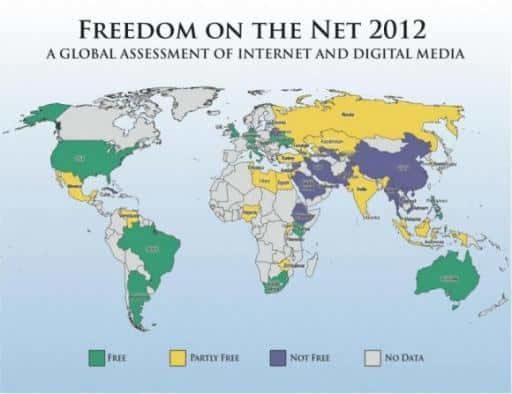Nearly two years ago, New York Times launched its paywall, obviously to get back to better profitability by minting more on-site revenue. While many lauded the decision, others set on the hunt to find a loophole in the paywall so that they can continue reading the news for free. Such a hole was found soon and NYT took two years to patch that hole.
The solution was very simple. Normally, when NYT prompts you to pay for a given piece of news, it adds a few characters at the end of a normal URL. To get around the paywall demand, you simply have to remove those characters from the URL and then you can access all the NYT pages you want.
The loophole was reported soon after the paywall was deployed, but NYT decided to let it be and not to patch it, until now. Nearly two years since the launch of its paywall system, the publication has finally patched the loophole so that the readers can no longer access its news and articles for free, at least not through the method described above.
The change was first noticed by Joe Coscarelli in New York Magazine, who then went on to confirm it with a NYT representative. The NYT person confirmed the change and responded by stating, “When we launched our digital subscription plan we knew there were loopholes to access our content beyond the allotted number of articles each month. We have made some adjustments and will continue to make adjustments to optimize the gateway by implementing technical security solutions to prohibit abuse and protect the value of our content.”
There still are many other ways to circumvent the paywall system, but at least NYT has patched the most obvious one of these.
Source: NY Mag
Courtesy: Gizmodo
[ttjad keyword=”security”]



